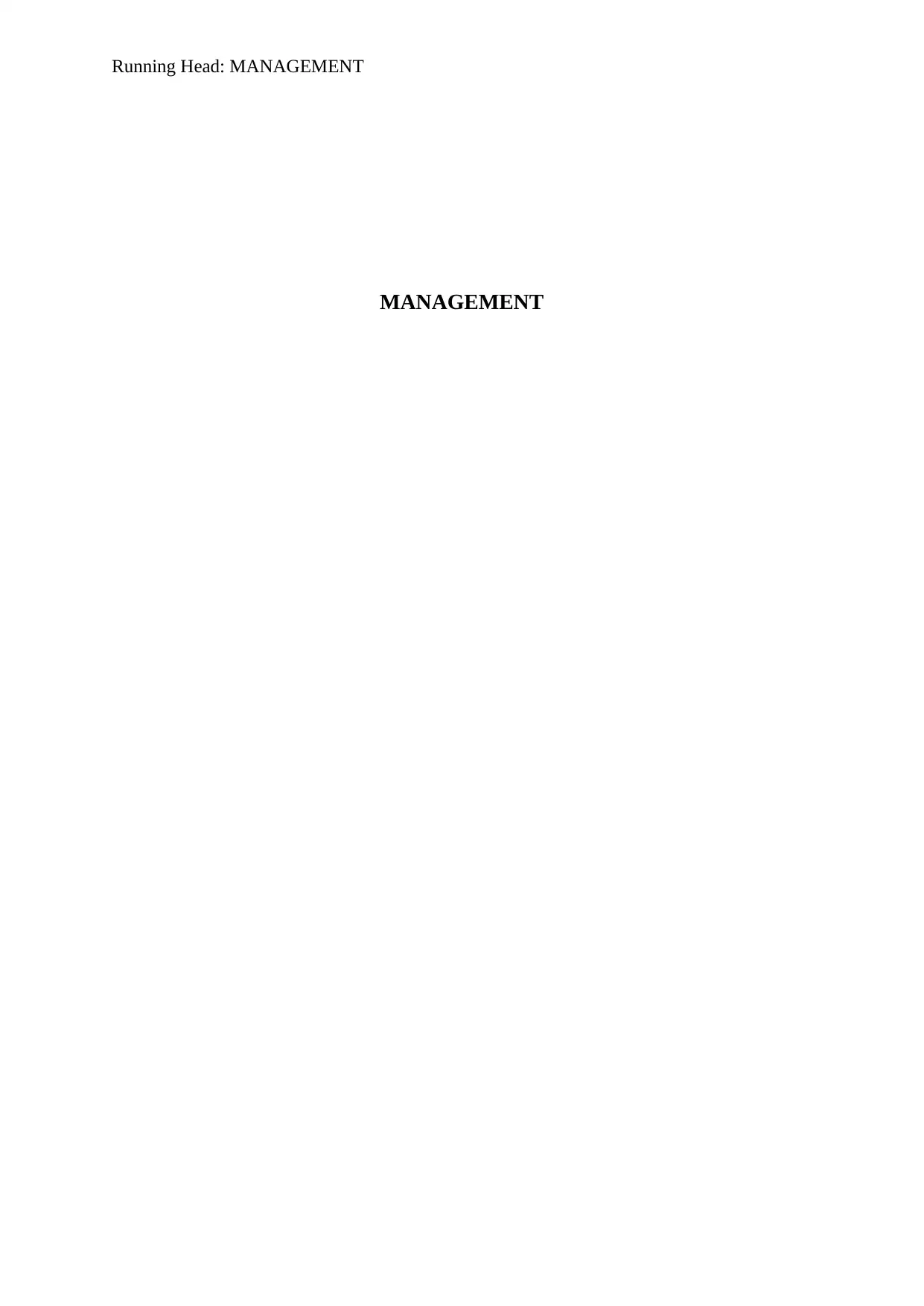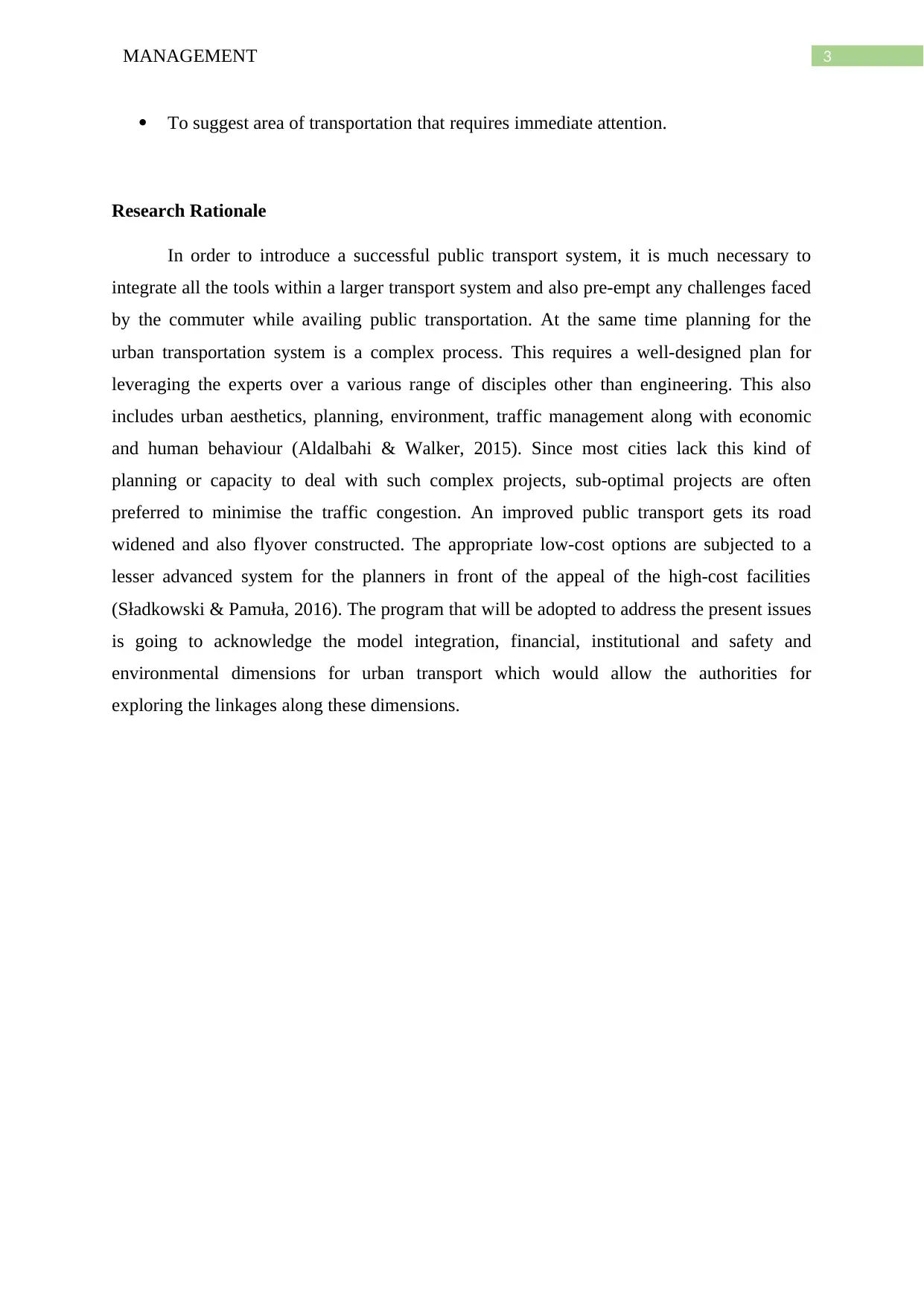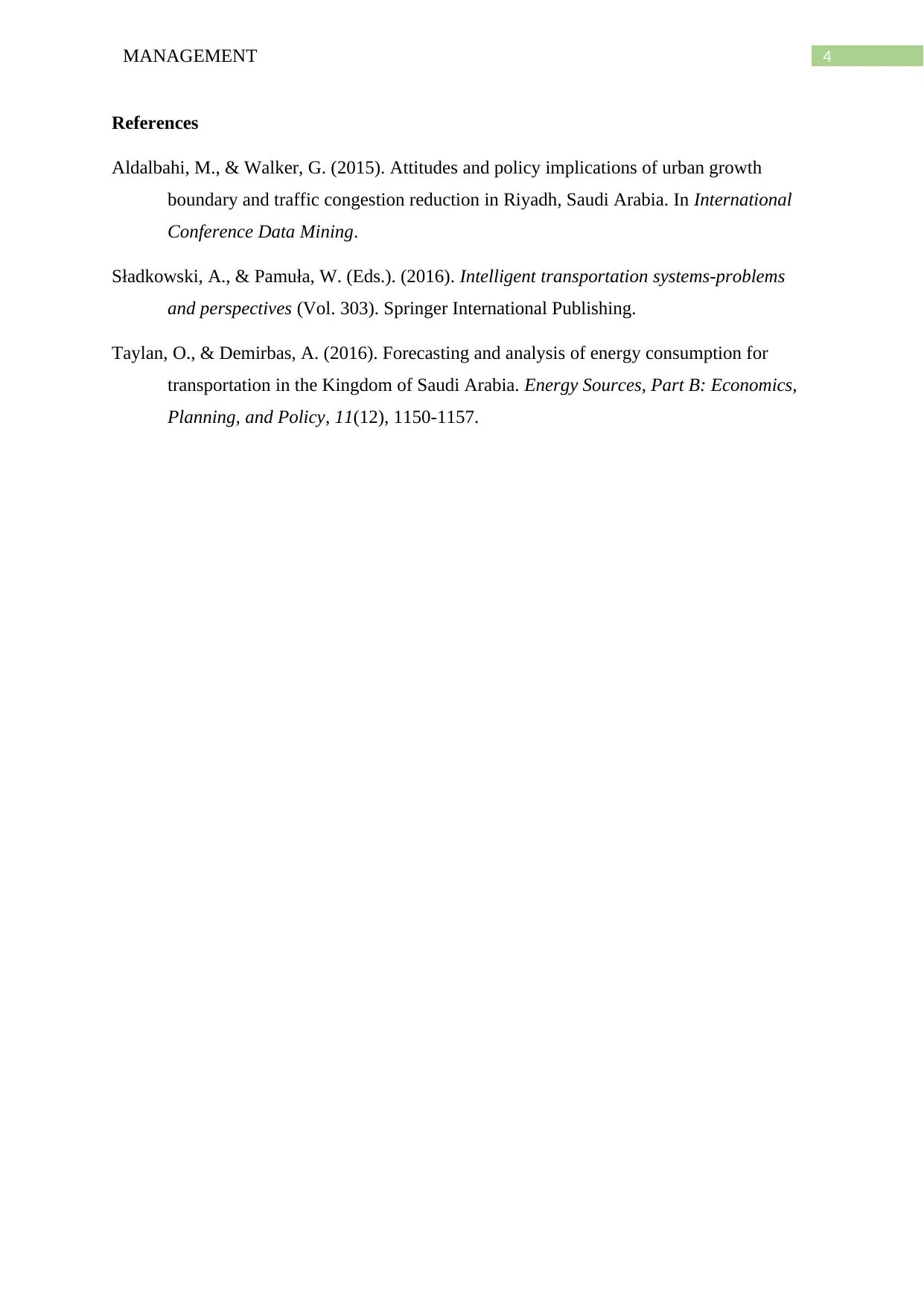Saudi Arabia Public Transport: Problems, Factors & Strategies
VerifiedAdded on 2023/04/07
|4
|600
|393
Report
AI Summary
This report examines the current state of public transportation in Saudi Arabia, highlighting issues stemming from rapid population growth and urbanization. It identifies problems such as traffic congestion, poor access to mass transit, and over-reliance on private vehicles. The research aims to understand these challenges and propose strategies for improvement, emphasizing the need for integrated planning that considers urban aesthetics, environmental impact, traffic management, and economic factors. The report also stresses the importance of addressing financial, institutional, safety, and environmental dimensions to create a more effective and sustainable urban transport system in Saudi Arabia. Desklib offers a wide range of similar documents to aid students in their academic pursuits.
1 out of 4











![[object Object]](/_next/static/media/star-bottom.7253800d.svg)